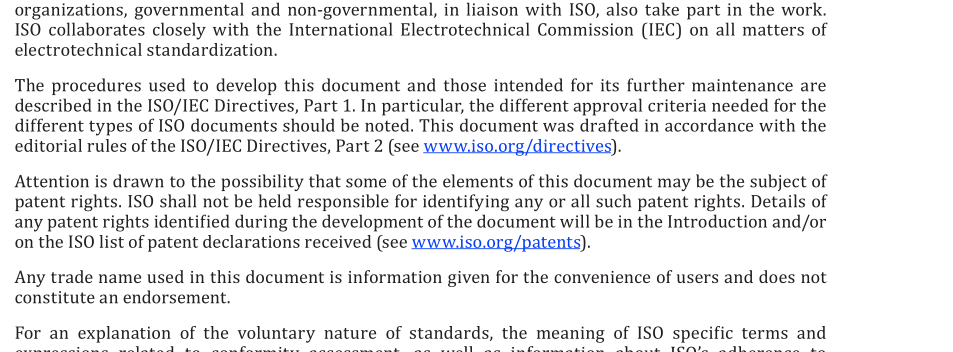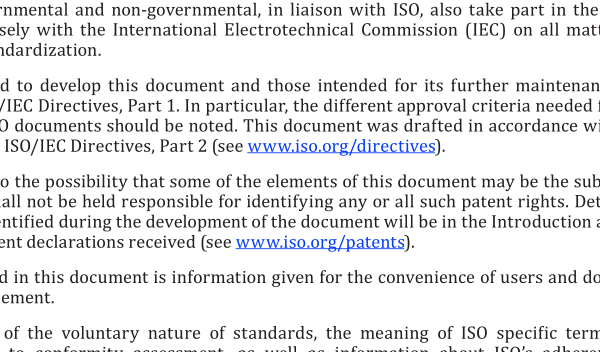ISO TS 23105:2021 pdf download – Biotechnology — Biobanking — Requirements for the biobanking of plant biological material for research and development.
4 General requirements The biobank shall follow ISO 20387:2018, Clauses 4 to 7. The biobank shall establish, implement and maintain a quality management system in accordance with ISO 20387:2018, Clause 8. The biobank shall identify each biological material and associated data relevant to the application of this document. The biobank shall have procedures addressing biobanking for each type of biological material (e.g. whole plant, seeds, tuber, bulbs, scion wood, leaf, root, DNA, RNA) and associated data. This includes processes such as collection, acquisition, reception, characterization/evaluation, storage, preparation, preservation, rejuvenation and distribution. The biobank shall ensure the legitimate acquisition of biological material and its associated data, and the retention of any relevant documentation. If legitimate acquisition cannot be demonstrated, the biological material shall be discarded, according to documented procedures, and this shall be documented. NOTE 1 Such documentation can relate to relevant documents such as international treaties and agreements, and a phytosanitary certificate or passport. NOTE 2 Legitimate acquisition can refer to relevant regulation, permits or authorization. The biobank shall ensure that biorisk management procedures (e.g. ISO 35001, WHO guidance [3] ) for potential plant pests and pathogens are established, documented, implemented and maintained, as appropriate. The biobank shall take measures to prevent cross contamination. The biobank or the legal entity of which it is a part shall ensure that human health and safety requirements are established, documented, implemented and maintained. The level of safety training required shall be determined using a comprehensive risk assessment of the biological and chemical materials, processes and equipment that is handled (see ISO 20387:2018, 6.2.1.5). 5 Biological material collection 5.1 General Where possible, the intended purpose or final use of the biological material and associated data shall be determined, either by the biobank alone, in response to end-user criteria or by the biobank in conjunction with the end user. If determined, the intended or potential purpose shall be documented. 5.2 Collection procedure 5.2.1 The biobank shall develop and implement documented biological material collection procedures appropriate for each type of biological material according to its biological nature and intended purpose, where known. The biobank shall define biological material acceptance criteria.
5.2.2 The collection procedure shall address requirements for authentication, minimum quantity, viability, stability and maintenance to satisfy the fitness for purpose, where known. The collection procedure shall also address the following aspects, including but not limited to: a) biological material type; b) fitness for purpose, where known; c) total number and amount comprising each biological material per collection; d) containers that are fit for purpose (e.g. closure integrity, composition); e) equipment; f) collection method; g) quality criteria for each biological material (e.g. the quantity and quality of targeted analytes such as DNA, RNA or protein); h) collection location(s) (e.g. by GPS), schedule, personnel and assignment; i) stage of maturity of the biological material.
ISO TS 23105:2021 pdf download – Biotechnology — Biobanking — Requirements for the biobanking of plant biological material for research and development






